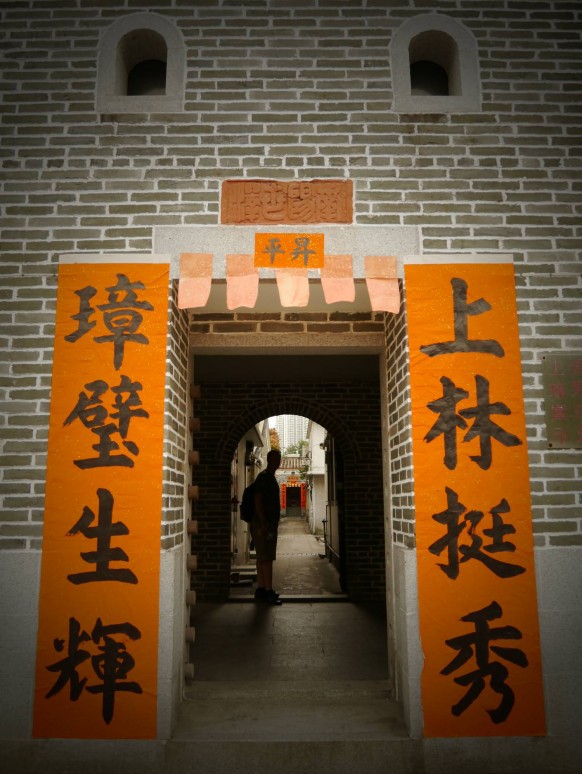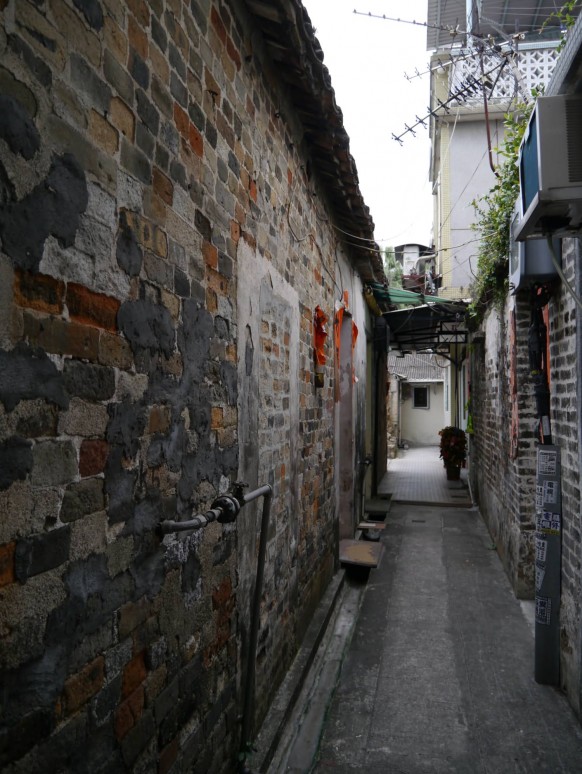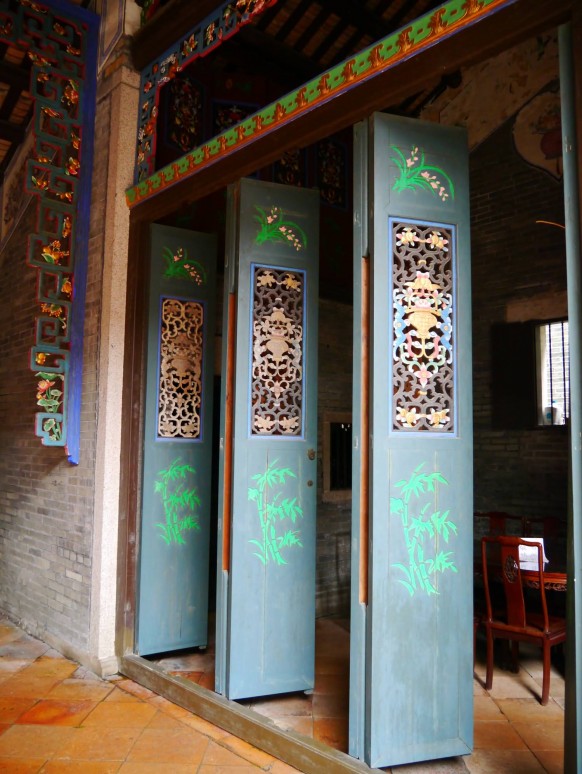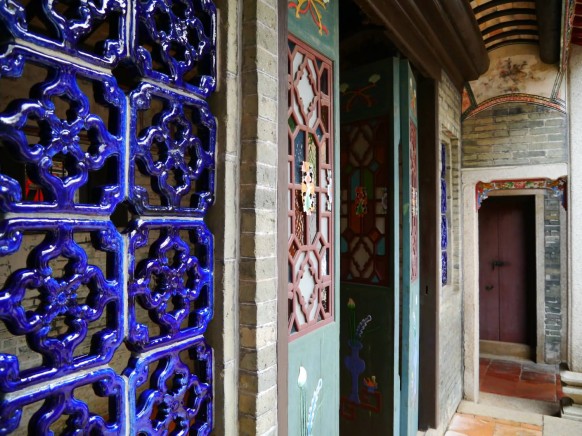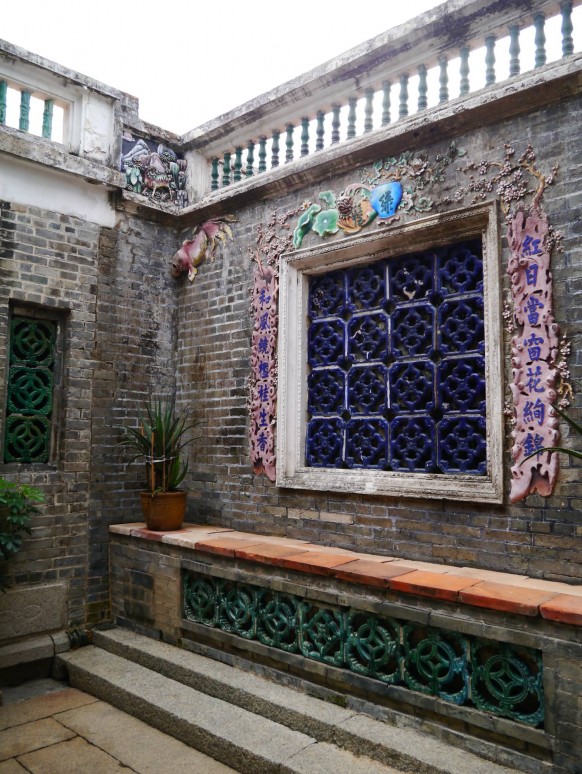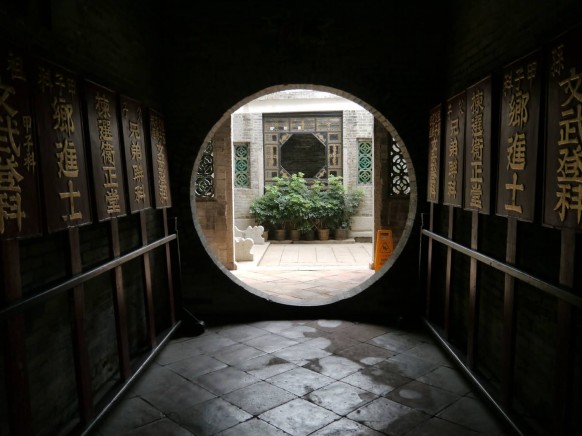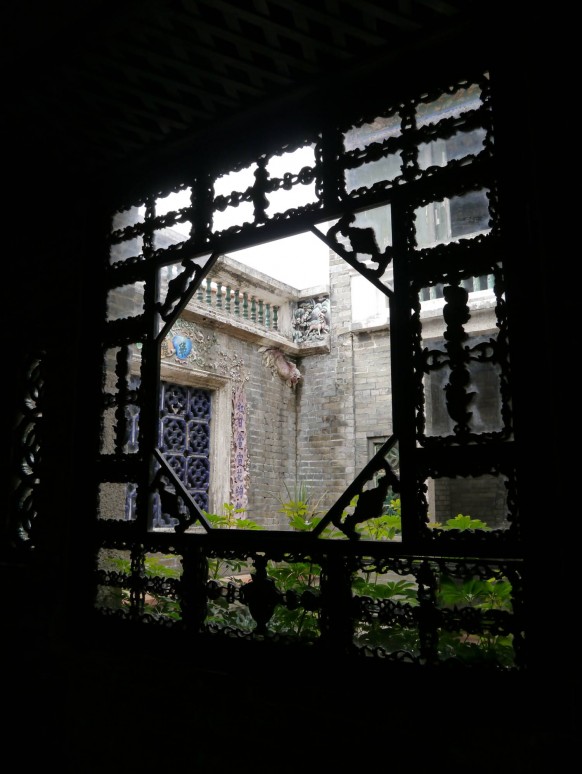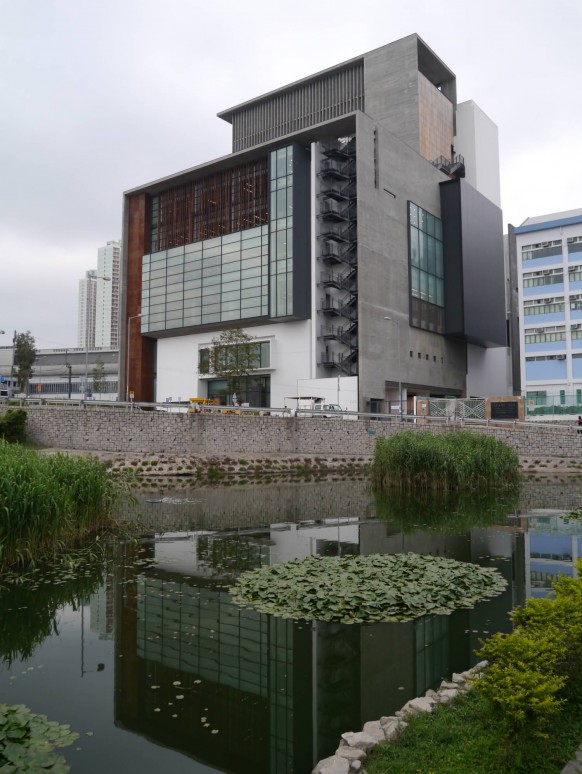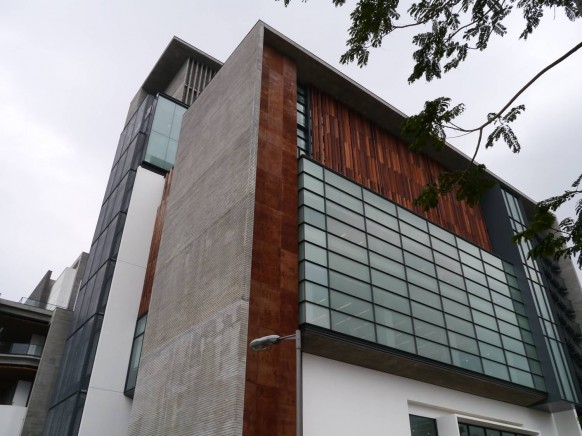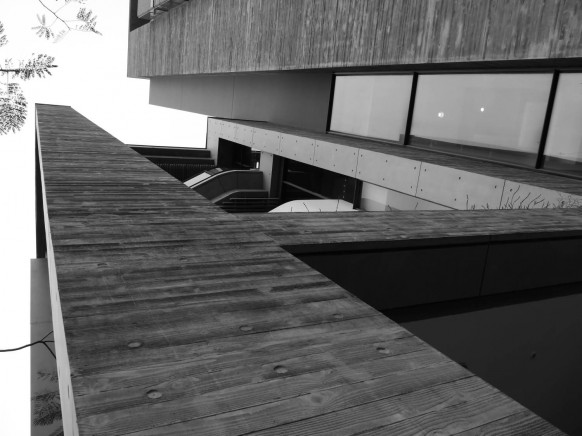Following the Heritage Trail
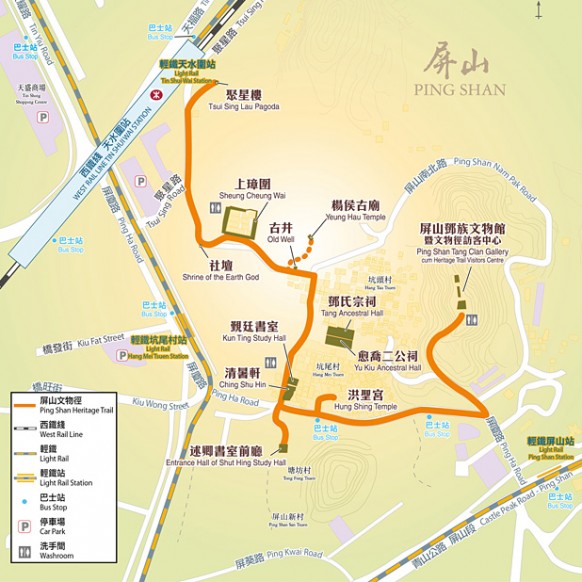 Hong Kong has a few heritage sites close to the city center which are well worth the visit. The one which I would recommend is the Ping Shan Heritage Trail. You can easily find directions and maps on site to direct you the area. The well-preserved heritage sites of Yuen Long are a nostalgic reminder of a time when this modern town in the northwest New Territories was merely a humble market village.
Hong Kong has a few heritage sites close to the city center which are well worth the visit. The one which I would recommend is the Ping Shan Heritage Trail. You can easily find directions and maps on site to direct you the area. The well-preserved heritage sites of Yuen Long are a nostalgic reminder of a time when this modern town in the northwest New Territories was merely a humble market village.
Wedged between the residential and commercial developments, the centuries-old ancestral halls are windows into the lives of the New Territories’ early clan settlers and their cultural heritage that has formed the bedrock of Hong Kong.
The Ping Shan Heritage Trail takes you through three villages and past temples, ancestral halls and a walled village, in a historical part of Hong Kong that has been populated by the Tang people since the late Yuan dynasty (1271–1368).
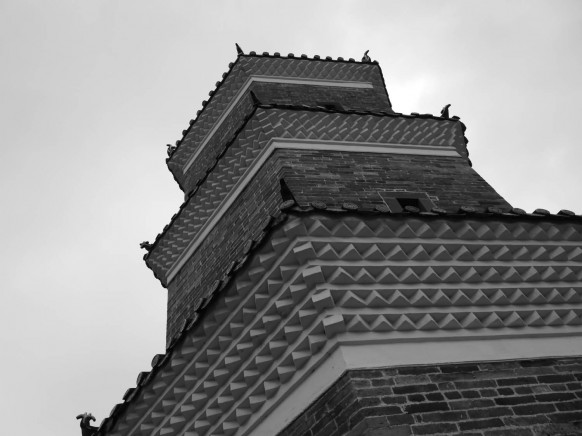 Tsui Sing Lau Pagoda
Tsui Sing Lau Pagoda
Hong Kong’s oldest pagoda, Tsui Shing Lau, is believed to have been built in 1486. The three-storey, green-bricked building is hexagonal and stands 13 metres high.
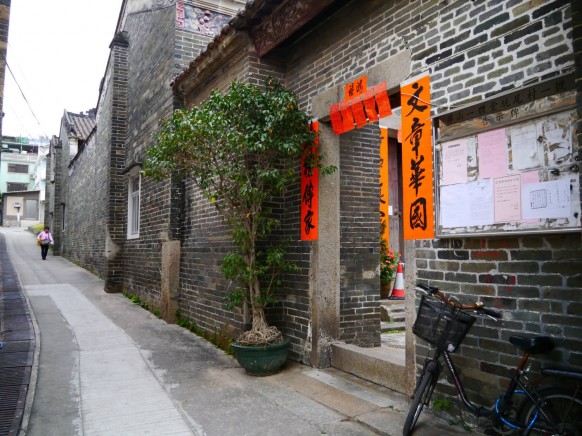 Sheung Cheung Wai
Sheung Cheung Wai
This 200-year-old walled village consists of rows of symmetrical houses enclosed by a green brick wall. The gatehouse, shrines and some of the old houses are still standing. Part of the wall may be missing, but enough remains to give a feel for what a traditional Chinese walled village looked like.
By far the highlight of the trail was the Chin Shu Hin guesthouse…
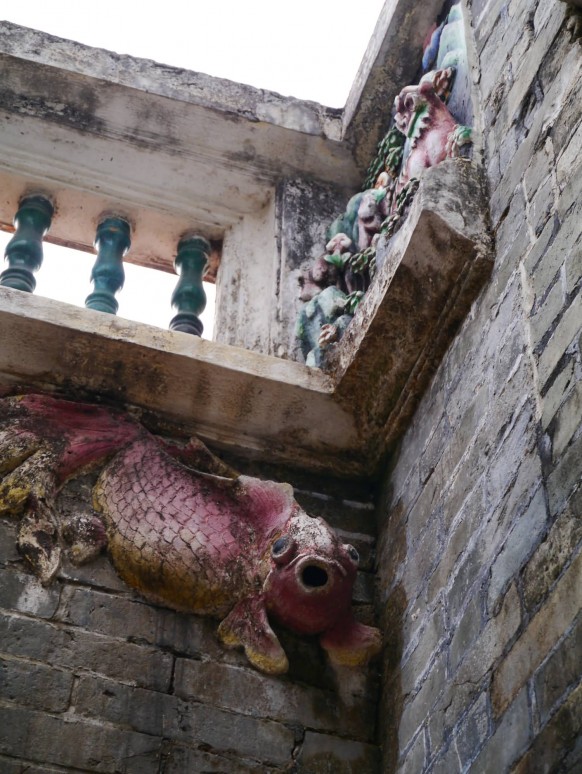 Ching Shu Hin
Ching Shu Hin
Built in 1874 as a guesthouse for scholars and prominent visitors, Ching Shu Hin was richly embellished. The whole building was decorated with carved panels, murals, patterned grilles, carved brackets and plaster mouldings to demonstrate the grandeur and elegance expected of residences of the local gentry. In combination, these demonstrate the grandeur and elegance of a wealthy Chinese family’s residence.
A special treat while snooping around the area was to find the second largest public library of Hong Kong , the Ping Shan Tin Shui Wai Leisure and Cultural Building. Built in 2011, the geometry of the building is inspired by the Chinese traditional cabinet, a kind of multipurpose storage space for books. To create a traditional yet modern outlook, architects chose old building materials such as bricks, fair-faced concrete, wooden screens, iron netting and rusty iron. With an open space atrium and cross-floor courtyard design, readers will find rooms with curtained walls, allowing natural sunlight to flood into the building. There are also flowerbeds, as well as a green roof, where readers can enjoy a panoramic view across Tin Shui Wai. Readers are encouraged to take books to the outdoor courtyard to enjoy reading under a natural environment.

